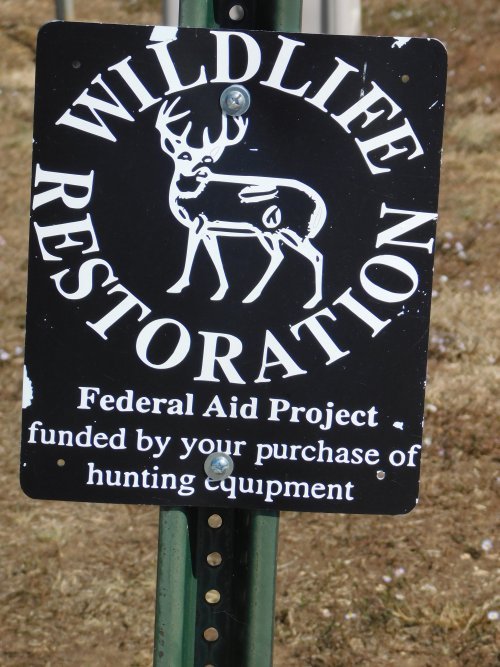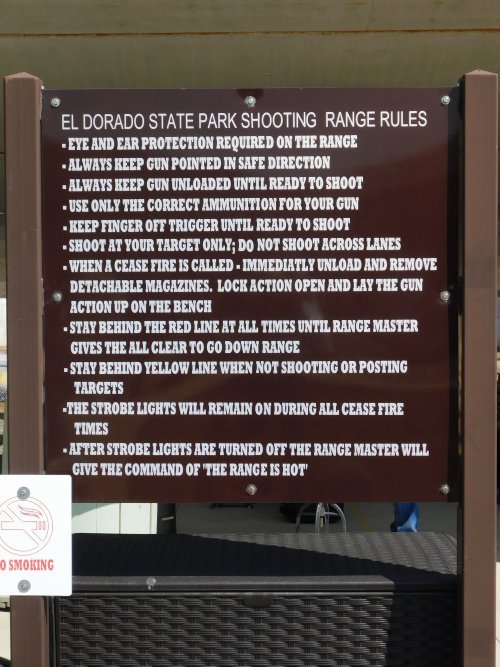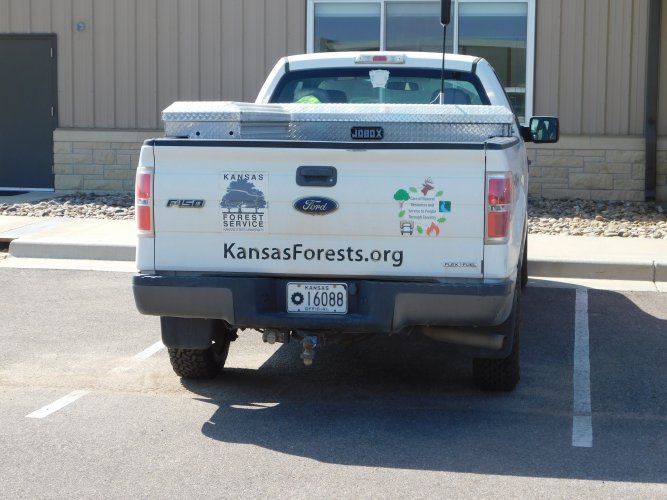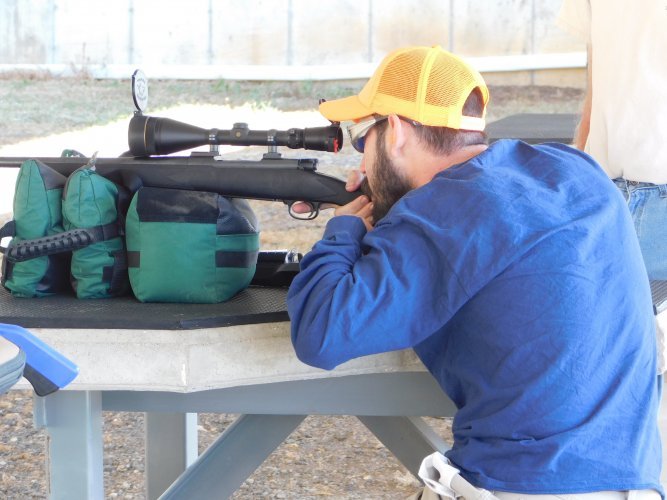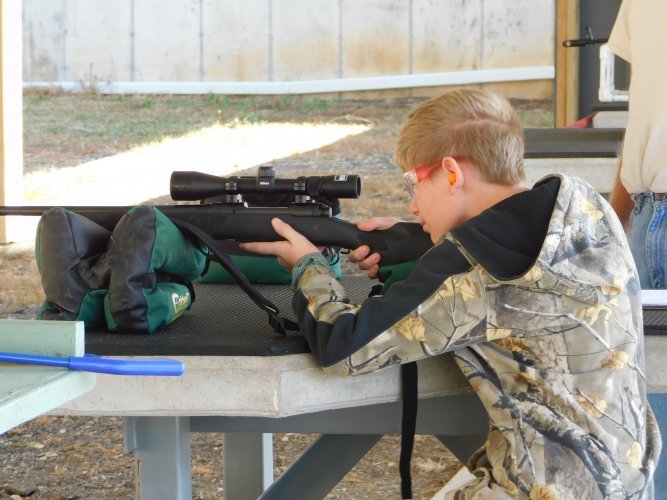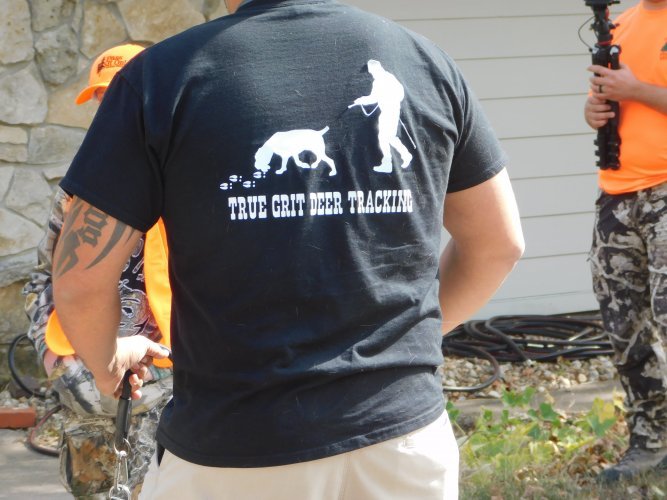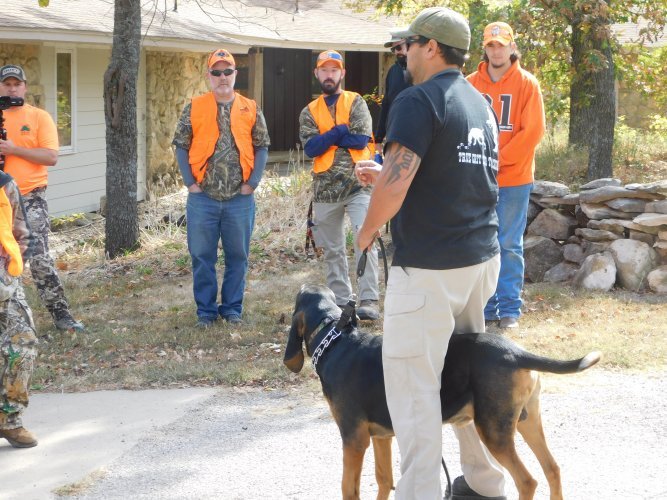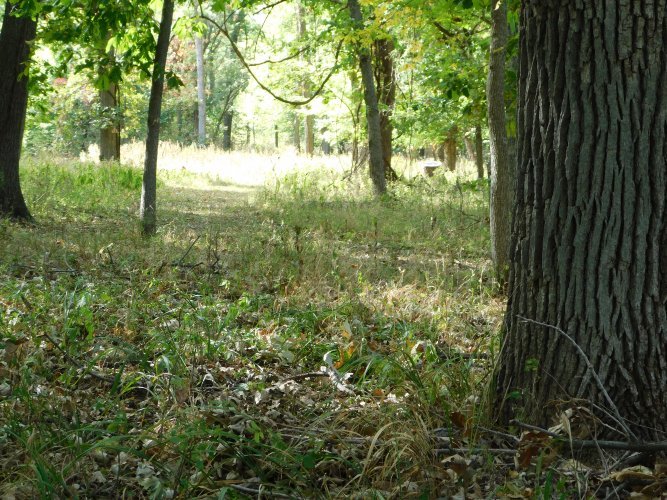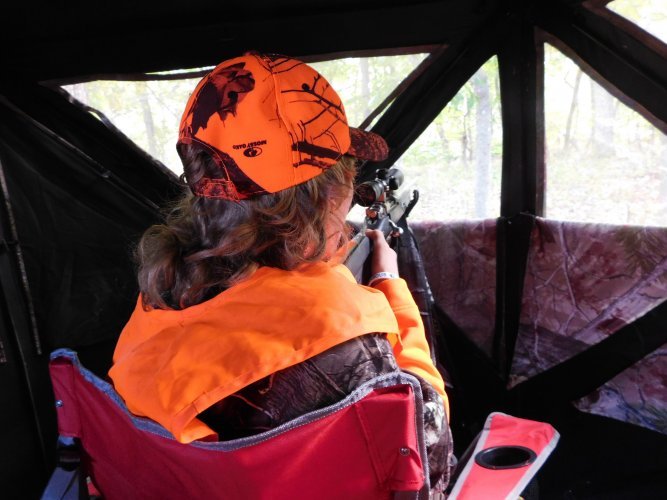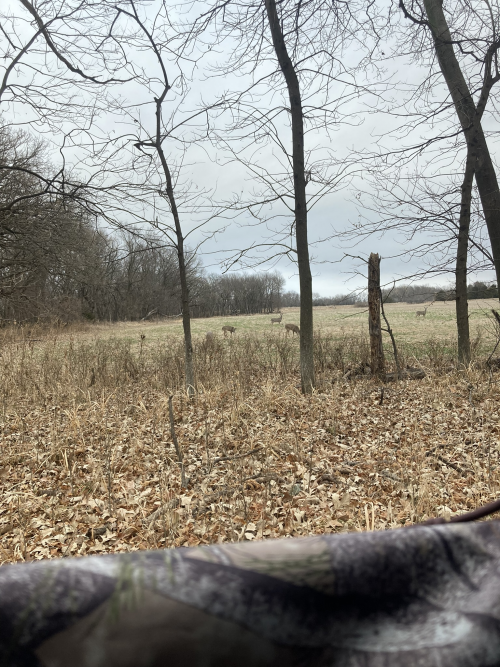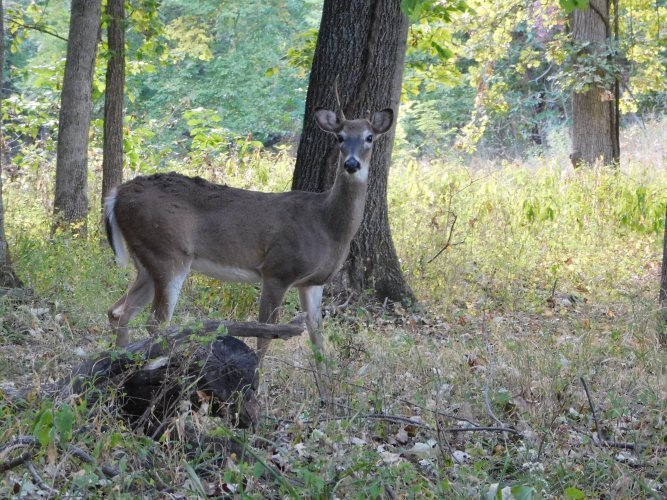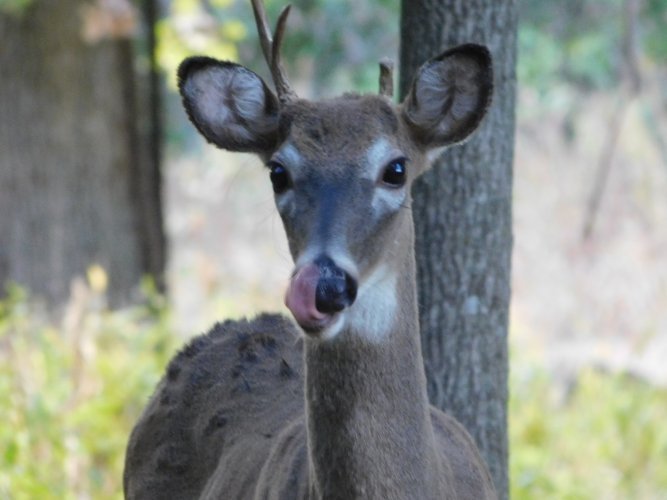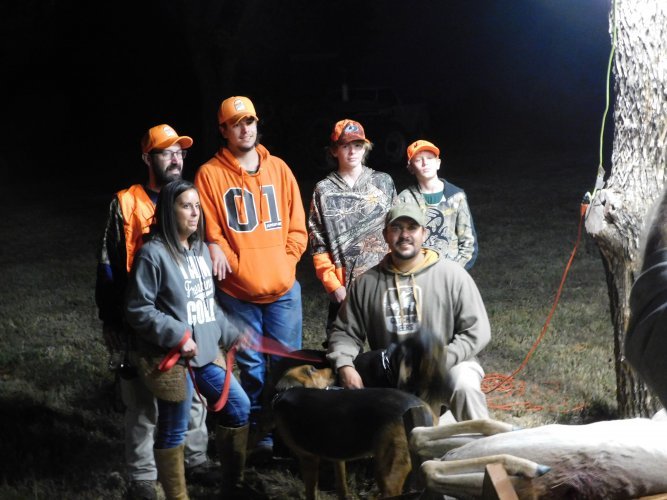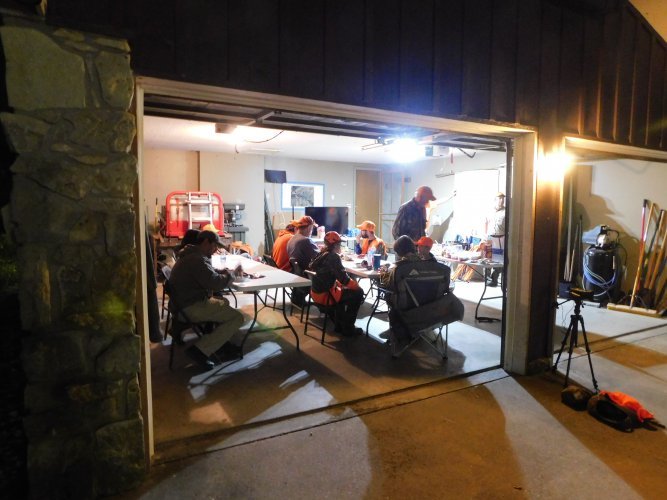Kansas Antlerless Deer Hunt With Mentor Mark Schneider
By Mentor, Mark Schneider:
Outdoor Mentors (https://www.outdoormentors.org/) is an organization formed to help get kids into the outdoors. I have been mentoring with them for many years, and always look forward to getting my text from them announcing the next opportunity to help out with a hunt. These hunts always make my annual top 5 days out and about in the search of outdoors adventure.
Kansas has a firearms whitetail antlerless weekend in early October, and fortunately there are generous land owners that allow these young hunters to come out to their properties. Outdoor Mentors opens up on-line registration for young hunters that have completed a hunters safety course (minimum age 11 in Kansas) and then assigns these young hunters to a location to hunt. Turkey, dove, upland birds (commercial hunting) deer, predator, and waterfowl hunts have already been done this year in Kansas and Iowa. OM also works closely with trap shooters in high schools getting those shooters opportunities to turn there clay shooting skills into hunting trips.
Once again I was asked to mentor at a location that is managed as a demonstration farm by the Kansas Fire Service in Butler county. Located at the base of the Flint Hills, the topography of the area is rolling grasslands, bottomland ag fields and riparian corridors that hold large herds of deer and flocks of turkeys. This year the tenant farmer had most of the ag land planted in milo, which seemed to be doing well in most places, even in the face of the heat and drought that has plagued Kansas.
Dennis Carlson is the man in charge of the farm and our hunting group, and this year he had us meet at the El Dorado firearms range to make certain that the rifles that would be used were shooting accurately. For this hunt each of the hunters had their own weapon, with Xavier (my hunter) shooting a .270. This was the first time that I have been to this facility and I liked what I saw.
Searching through the mound of hunting gear that I keep in the back of my little SUV, I found that I didn't have my active ear protection. Trust, but verify kansasdad! So foam inserts and a borrowed pair of passive muffs sufficed for the range time.
Xavier and his buddy Liam (shown below) were already on the bench when I had completed my check in with the safety officer and proved themselves to be quite the sharpshooters. Liam's mom signs up both young men for a variety of Outdoor Mentors sponsored hunts, with both of them not being rookie deer hunters. Xavier told me that he had killed his buck last year with a 300 yard shot. I told him that I've never shot anything that far off.
After all four hunters showed themselves ready, we loaded up and made it to the farm to await the arrival of the blood tracking dogs. Driving down nearly 100 miles to join us, James Regaldo with True Grit Deer Tracking (Facebook page) gave a presentation to us all about his tracking dogs. United Blood Tracking certified, his bloodhounds have helped stymied hunters in Kansas and neighboring states recover deer that otherwise may have never been found. He emphasized properly recording the events of the shot, such as where the deer was standing at impact, the direction of travel, how they reacted to the shot, and how to attempt to evaluate where impact occurred with the shot. He suggested that taking a photo of the area and zooming in to where the deer was last visualized could be invaluable.
He emphasized that if it comes time to attempt a grid search in hopes of finding a deer, that it is time to get a dog tracker involved. Doing a grid will spread the hunter's scent, and if that hunter has been walking on the wounded deer's trail, some of the blood and interdigital scent (origin on the top of the "foot" of the deer that is heavily releasing when wounded or stressed) will be spread out in the grid, to perhaps confuse the dog. James said that the best way to follow a trail is just off of the exact trail so as to avoid this scent trail cross contamination.
James asked us to let his dogs work the trail, even if we knew where the deer had fallen. He wanted to let his dogs have some early season success. With some good Q&A it became apparent that James was really into his dogs having a good time and doing what they were bred to do. He told us that his furthest successful find was nearly two miles from the shot, and that often there is no visible blood for a human to follow, but the sensitive nose of his hounds have led them hundreds of yards down the track, to find a few more drops of blood, and then hundreds of yards of nothing, to once again find blood or the deer.
The group of hunters and their mentors assembled for a blind drawing, then a group photo was made, and then it was time to load up for the blinds.
The hunters going to blind #1 were given a 10-ish minute head start to get into their blind, and then Xavier and I moved towards our setup. Walking down the hill and skirting the dam face with it's half filled pond, we continued walking into a gentle breeze. We stepped about four rows into the milo so as to not walk on the deer trail on the outside of the crops. The milo heads were not as full as a good season would produce, but there was enough for the tenant farmer to make some production on the crop.
The blind was set just inside the tree line, and further south was a forested creek bottom.I was in this blind last January for another Outdoor Mentors hunt where we were covered up in does/fawns.
Opening up the blind windows, I got Xavier set up in the blind chair, with some added cushioning to get him to sit up higher. As none of the leaves have fallen, the shooting lanes into the woods were tight, but there were openings to the left, in front and to the right of the blind where we might anticipate deer coming into view. Last fall the fawns came out behind us to congregate on the winter wheat, which was now the milo field.
Once we were situated, I had Xavier get his gun out of its case, and we set up the shooting sticks. Getting the correct height to be able to shoot out of one of the blinds shooting holes, I asked if he was comfortable. I gave him my range finder to verify shooting distances, knowing that the longest shot into the woods would be under 90 yards.
Knowing that there were three other hunting groups spread out around us, we settled in for a lovely afternoon hunt. Gentle breezes would be pulling any scent away from the woodlot, and Dennis said that there were always deer down in these bottoms. We had bumped at least three deer as we approached the blind, so I anticipated that tonight was going to be a good one for deer viewing.
I was keeping one eye on the woods, and one eye on the scoreboard report, as KU-TCU football had gone final, and I wanted a recap of the event. Xavier saw the first deer of the evening, on the other side of the almost dry creek, back in some thickets. Three deer were feeding upstream so we could get a glimpse of a back or backside every so often. I whispered my congratulations for his sharp eyesight, and I put my phone away as it seemed to be gametime in the deer woods.
I had asked Xavier as we were setting up if he would shoot any deer, or just a mature doe. He replied that it didn't matter to him, but he would like a dark coated one if possible. We whispered about the amount of meat one might expect from a young of the year compared to a middling sized doe or an more mature doe, and he said anything would be just fine with him.
If one were standing outside of the deer blind, you could just see over a rise in the earth in front of the blind, before it fell away gently towards the streambed. And you could see the whole of the river bottom. Inside the blind, which was just tall enough to allow me to stand up straight if I was in the center of the dome shaped blind, the combination of the roof overhead and the slope towards the windows meant that some areas of lowland in front of us could not be seen, while others could only be seen by standing up and crouching forward to peek over the berm and down into the bottoms. Sitting in the chairs, there was lots of bottomland invisible to us.
I suggested to Xavier that he swing his chair, sticks and gun to our left so as to be ready to get on these deer if they should choose to cross over to our side. We tried to quietly pull down some of the camo netting on the blind to make it easier to get the gun to bear on other areas should we have deer come into view.
Scanning the far river bank, I anticipated that we would be soon seeing more deer moving, and I was right about them moving, but sadly quite wrong on where they might appear. Popping up over the berm, we had a doe followed by a fawn standing not more than 15 yards in front of us. Xavier's gun was ready for a leftside deer, and now we had two legal deer directly in front of us, in easy archery range, but we were pinned down. The fawn was oblivious, but the doe knew something was fishy over in the blind area.
She was cagey. Staring directly at us, then making like she was going to sniff out an acorn laying at her feet, she whipped her head up and was staring holes into our blind, trying to cipher out what was going on over there. Then she turned her head away, just enough that you might think it was safe to begin to swivel the gun in her direction, and then she whipped her head back to stare again. With my hands below window height, I slowly reached for my camera to try to capture some photos of these beautiful Kansas deer.
Xavier had his hands on the gun, I whispered to him that at this distance, he wouldn't need to use the shooting sticks, and he slowly started to move when he thought is was safe. She was on to us by now, and had started to move off after stamping her hooves and with a nose wheeze she bounded away behind a big tree. Her fawn scampered downhill and also found the lee side of a tree. Xavier had his gun up and I pushed the bipod sticks into place to offer steadiness. Mom was hidden behind trees, so Xavier pulled down on the small deer and I could tell he was steadying his breathing. The fawn took two steps away from the tree, and was facing nearly face on towards the blind.
The fawn was now nervous, as it sensed that mom was nervous. It took another step or two forward, and it was still facing us head on. Head down on his stock, Xavier had his safety off and was waiting for the young one to offer a broadside shot angle.
Mom wheezed again and the young deer scampered away. Out of sight behind the foliage and the lay of the bottomland, they escaped unscathed.
I whispered to Xavier that at that short distance, I was certain that many hunters young and old would have had a go, but I was proud of his restraint on waiting for an ideal shooting situation. And I reminded him that we still had over an hour to go before sunset when things should get even more “deery”.
We had seen deer in front and to the left of us, as we wondered where we might hear or see the next deer. A shot rang out quite close to us, and we thought that perhaps the first deer of the night was down for the Outdoor Mentors crew.
As the shot had come from our right, Xavier and I were more attentive to watching in that direction for a deer to appear, so we were once again surprised when a head appeared on the berm horizon only 20ish yards in front. A young buck appeared, all spindly horned and skinny like an middle schooler waiting on puberty. He glanced at the blind, and went to chowing down on the acorns scattered about. Every so often he would glance our way, and Xavier did some target acquisition practice from 20 yards, as we were hoping that perhaps some lady friends might be coming to join him dining on the acorn flats.
This young buck hung out with us for more than 10 minutes. Content to eat acorns, we tried to see if he would telegraph the appearance of more deer by staring off into the woods every so often, but he seemed to be flying solo this afternoon.
He drifted off into the woods working on acorns, and then we saw him jerk his head up in alert mode, looking towards blind #1. The farm's ATV was puttering along in the distance, and then we heard the baying of a bloodhound on a track. Very faint voices could be heard and we readied again in hopes that human movement west of us would push some deer towards us.
As the young buck drifted into the trees, nervously looking over his left shoulder towards the sounds of activity, I remarked to Xavier how lucky we were to be watch this young buck for as long as we had just done. The slight overcast skies and dropping sun had softened the filtered light in the woodlot, and there was almost a magical quality to the effect. Photographers talk about the magic hour, and for deer hunting we were entering into that magic hour as well.
After some time, I looked out the back of the blind and I saw our young buck friend heading back along the deer trail at the milo/woods junction. He ended up walking past us at 10 yards without a care in the world. He headed toward the creek bottom and disappeared from view.
Watching and listening, we thought we heard footsteps in the leaves. The crunching seemed to be getting closer, but along the creek bed. Using binoculars, we could see the tops of a deer's head. It was our old friend the young buck, and this time he had company. Following him and then passing him was a yearling, and following along was a bigger bodied deer that after careful observation had one tiny spike antler. They all gathered at a spot where the forest opened up, with the two trailing deer stood there for a moment showing us their hind parts, while blocking any opportunity for Xavier to get a clear shot at the one legal deer in sight. I gave them the old "meeeh" sound trying to get them to move and perhaps clear for a shot at the young one, but they all made their way off into deeper thickets and out of sight.
As time ran down to the last few minutes of legal shooting time, my heart rate picked up as there was clearly an animal approaching us from the creek bottom. Xavier was on the sticks, and I told him that the only way we would take a shot would be if the deer was as close as the others earlier, as it was getting so gloomy in the woods, that a tiny antler would be easy to miss. A gold medal winning raccoon popped over the berm's edge, looked straight at the blind and gave a hiss and turned right back the way he had come.
Xavier unloaded his rifle a few minutes before the end of "legal" shooting light as we both agreed that it was too dark to shoot. Buttoning up the blind and double checking that we had all our personal gear, we headed back towards the ranch HQ.
Walking along in the near dark, we talked about ways to see pathways without a flashlight and how to hold a flashlight to save some night vision and reduce spooking game. We talked about the advantages of headlights over handheld lights, and why I was using my red light instead of white when I walk into or out of a hunting spot.
Making it back to the house, we learned that all of the other Outdoor Mentors hunters had connected on deer. James had run his dogs on the deer trails, although for two of them, it was known where the deer had dropped. One of the deer made it over 100 yards from the impact spot and had plunged over a creek's bank 12 feet to the bottom. This deer didn't leave much of a blood trail, and without the dog might have been quite difficult to find.
The first deer taken had already been gutted at the gutting pole, and it did this heart eater a little sadness to see the heart still sitting in the gut pile.
Dennis had prepared canned venison chili from a deer taken from the farm last year, which was wonderful. There were also sandwich fixings, veggies, chips and homemade cookies from another Fire Service person who wanted to support the Outdoor Mentors mission. A very tasty meal was served in the garage, while the hunters got to share their stories of their evenings.A final group photo was made before the True Grit Trackers left, and it was time to take care of field dressing the other two does. Dennis had come well prepared as always, and the body cavities of the dressed deer were filled with ice, in preparation for the ride back to a place of processing.
As I was preparing to leave, I found Xavier and shook his hand, telling him how much I had enjoyed our outing together. He impressed me as a thoughtful young man, with good self control behind the trigger, and someone who showed excellent safety with a firearm. We took one last photo and I headed off for home. Not more than twenty minutes later, I got a nice text from Xavier......
"That's a good picture, thanks for taking me".
Thank you Xavier for signing up for the hunt, and thank you Dennis Carlson, Chris Mullins, and the other KS Forestry Service folks, the True Grit Trackers, along with Outdoor Mentors and the other mentors that made such a special day possible.

